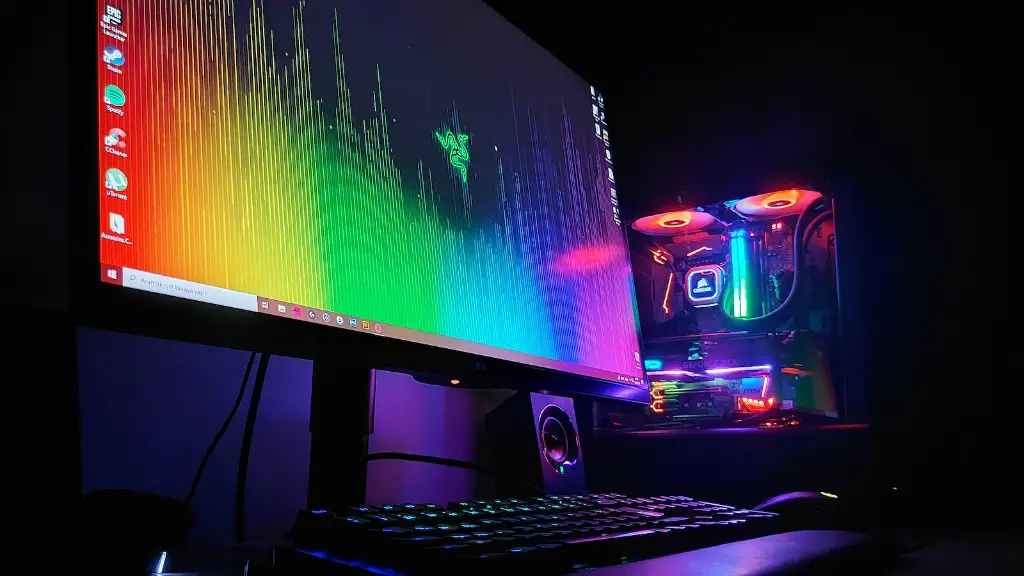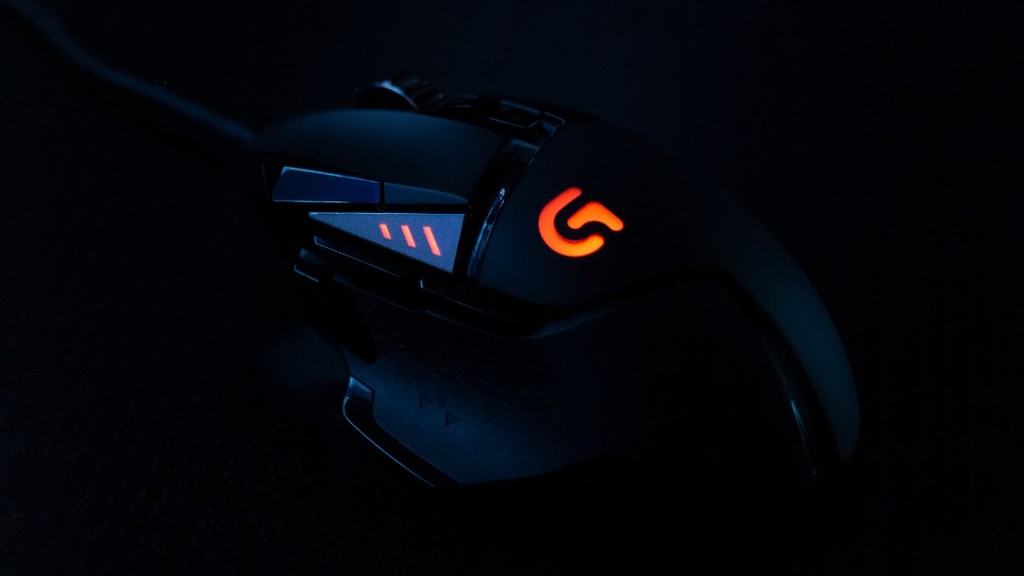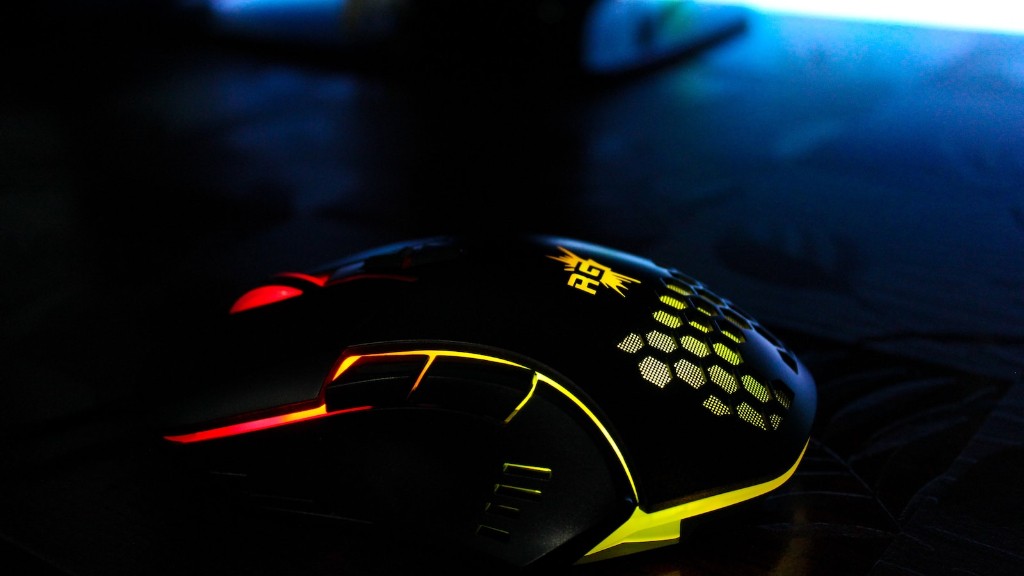A motherboard is an indispensable component of a gaming PC, as it serves as the base onto which other components and peripherals are attached. It is the central circuit board of the system, responsible for data routing and processing, and it has a direct impact on the overall performance and stability of the system. It is not to be confused with the graphics card, which is a separate component that provides the graphics capabilities of a system.
The motherboard is essentially the brain of a gaming PC, connecting all the peripheral and processor components. It provides the system’s CPU, memory, storage, and other devices with a way to communicate with each other. It also provides the channels for power to be supplied to the system. Along with other things, the motherboard is responsible for data transfer, temperature monitoring, and power management.
The type of motherboard in a gaming PC is uniquely important. It needs to be fast enough to handle the processing needs of newer games, as well as have enough ports to connect additional components. It should also provide ample space for cooling, as gaming PCs can be power-hungry and generate a lot of heat. It also needs to be reliable and able to provide the necessary stability when playing intensive games or carrying out other CPU-intensive tasks.
When it comes to gaming PCs, there are a few different types of motherboards. The most common type is the ATX form factor, which is used in mid-sized and most full-sized towers. It is designed for more power-hungry components and provides more PCIe slots for connecting additional components. It also allows for more SATA ports for connecting hard drives and other storage devices.
Another popular choice is the Mini-ITX form factor. This type of motherboard is smaller in size and designed for systems with limited space. It is usually used in smaller cases and comes in a variety of styles and feature sets. While the Mini-ITX offers fewer ports and slots for expansion, it is still capable of powering some gaming PCs with sufficient performance.
Finally, there are micro-ATX motherboards. This type is larger than the Mini-ITX and smaller than the ATX. It offers most of the features and performance of the ATX motherboard, but with a smaller footprint. It is ideal for smaller PC cases and still provides enough slots and ports to power a gaming PC.
Different Components in a Gaming Motherboard
A gaming motherboard includes various components specific to gaming systems. These include the CPU socket, RAM slots, and PCIe slots, as well as built-in support for overclocking and other features. The CPU socket is the primary interface for attaching the processor to the motherboard. It also provides power and data communication between the CPU and other hardware components.
The RAM slots are used to install memory modules onto the motherboard. These modules provide a system with access to faster memory speeds, allowing for faster data processing and better gaming performance. The number and type of RAM slots on a motherboard depend on the type of system and should be selected based on the user’s needs.
PCIe slots are the dedicated expansion slots on the motherboard that allow users to connect additional hardware components such as graphics cards, network adapters, and sound cards. These slots can also be used to connect external storage drives, such as SSDs or HDDs. Depending on the number of PCIe slots a motherboard has, users can install multiple components onto the system.
Other features included on gaming motherboards are overclocking support, reliability, and cooling. Overclocking is the process of running the system’s CPU or GPU at higher frequencies than the default values. This can give a performance boost to systems and can be enabled by motherboards specifically designed for overclocking. Reliability is also important, and motherboards usually come with built-in components to ensure reliable operations.
Finally, cooling is important for gaming systems. Motherboards often come with built-in fan headers for connecting cooling fans for direct cooling of components, as well as specialized PCBs for enhanced cooling capabilities. Additionally, many gaming motherboards come with XMP profiles for easy overclocking of memory modules.
GPU Interface & Video Outputs
A gaming motherboard typically has an interface for attaching the GPU to the system. This is usually the PCI-E slot, which is used to connect a dedicated graphics card to the system. It allows the GPU to receive data from the system and provide it with the necessary power. The number of GPU slots on the motherboard is important, as it can impact the overall performance of the system.
The video output is also important for gaming PCs. The motherboard should include multiple video output options for connecting a variety of displays. Common output options are HDMI, DVI, DisplayPort, and VGA. The more video outputs, the more flexibility a user has when connecting multiple displays.
In some cases, a motherboard may come with support for multi-monitor setups. This allows users to connect multiple monitors to the system and configure them to display a variety of content. Some motherboards also come with integrated GPUs, which can provide basic graphics performance without the need for a dedicated graphics card.
In addition to the video output, some motherboards may include integrated audio outputs. This allows users to connect audio devices directly to the motherboard, eliminating the need for separate audio cards. This can provide gamers with a more immersive audio experience.
Furthermore, some motherboards may also come with integrated networking capabilities. This can provide users with a convenient way to connect to the internet, eliminating the need for a separate network card. This allows gamers to take their gaming setup with them wherever they go.
Multi GPU and SLI/CrossFire Support
For gamers looking for even more performance from their gaming PC, multi-GPU setups are an option. This is when two dedicated graphics cards are installed on the system, allowing for more power for gaming. Some motherboards include SLI/CrossFire support, which are specific technologies for linking multiple GPUs together. This provides enhanced graphical performance, allowing users to play games at higher settings.
SLI is an NVIDIA technology that allows users to pair multiple GPUs together and split up the rendering of a scene. This allows the system to draw more frames per second, resulting in smoother gameplay and higher settings. CrossFire is the equivalent technology from AMD, and works in a similar way as SLI.
These technologies require a compatible motherboard, as they are not supported by every model. Additionally, it is important to note that these technologies work best with identical GPUs. This ensures that both GPUs have the same clock speeds and memory capabilities, allowing for optimal performance.
Power Delivery & Power Management
Under the hood of a gaming system, power delivery and power management are important considerations. When it comes to a gaming motherboard, it should come with robust power delivery components, such as high-quality MOSFETs, chokes, and capacitors. This ensures that the system gets ample power for performance-intensive tasks and overclocking.
The motherboard should also come with a good power management system, as this is necessary for providing the levels of power needed for gaming. This includes features such as over-current protection, which prevents the system from drawing too much power. Other features, such as power saving, help to ensure that the system runs efficiently and with minimal energy usage.
Finally, some gaming motherboards come with fan control capabilities. This allows users to set parameters such as temperature and speed limits. This allows the system to use the proper amount of cooling to maintain optimal performance.
Connectivity and Expansion
For gaming PCs, connectivity and expansion are of utmost importance. This includes both external and internal connectivity options, as well as expansion slots for additional components. For example, when it comes to external connectivity, many gaming motherboards come with USB ports for attaching peripherals, such as mice and keyboards.
When it comes to internal connectivity, a gaming motherboard should come with enough SATA ports for connecting multiple storage devices. Additionally, it should have enough PCIe slots for connecting graphics cards, sound cards, and other components. Expansion options are also important, as motherboards may include M.2 slots for connecting fast NVMe SSDs.
When it comes to networking, motherboards with integrated Wi-Fi and Ethernet adapters are essential for anyone who needs to stay connected while gaming. This eliminates the need for a separate network card, and allows gamers to stay connected without the need for a physical connection.
RGB Lighting & Aesthetics
For gamers who want to make their PC stand out, RGB lighting is a popular option. Most gaming-oriented motherboards come with built-in RGB lighting, which can be used to light up different components and provide an interesting look. This can be controlled through software, allowing users to customize the aesthetics of their system.
Some motherboards also come with dedicated RGB headers for connecting extra lighting accessories. This can be used to connect RGB strips, allowing users to light up their entire setup and make it a truly unique piece of hardware. Furthermore, some motherboards even come with dedicated software for controlling the RGB lighting effects.
Finally, some motherboards also come with unique aesthetic features. These vary depending on the model, but can include things like heat spreaders, illuminated audio ports, and even illuminated power connectors. This allows users to make their PC truly stand out, and gives it a custom look that is sure to turn heads.



